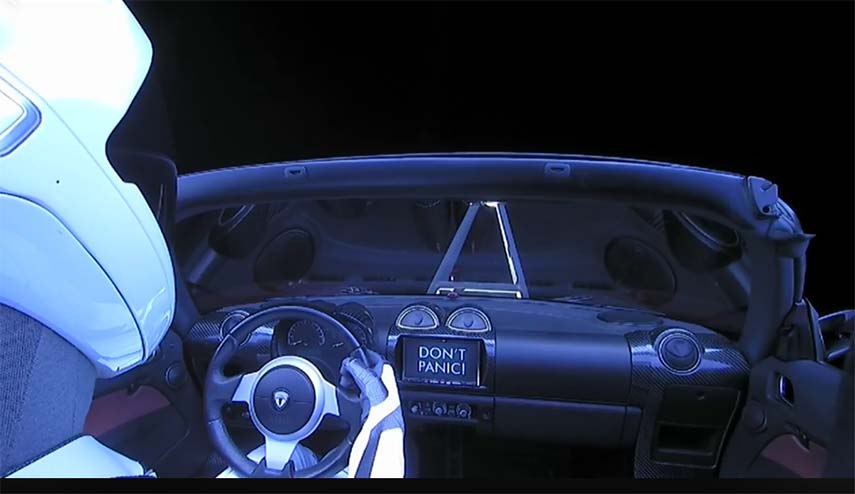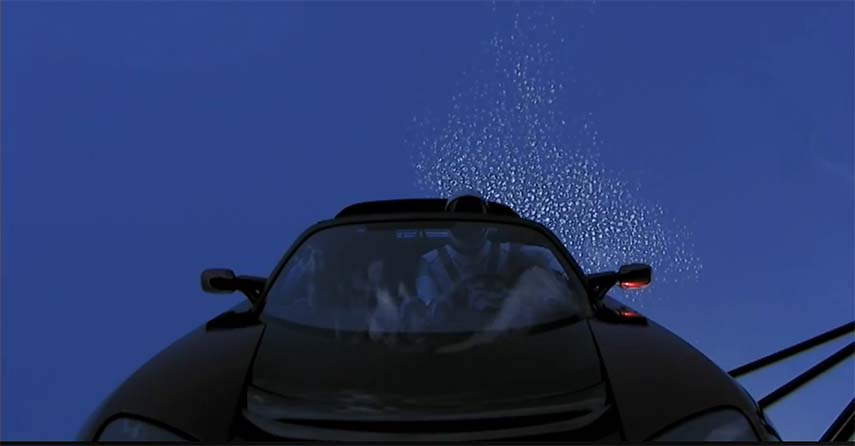In what is set to be remembered as one of the defining moments of 2018, Elon Musk has sent his car into space.
The midnight red Tesla roadster became the first car in space last night, with a dummy named Starman, wearing a prototype of the SpaceX spacesuit, at the wheel.
The car was the first payload to be delivered into orbit by SpaceX’s new Falcon Heavy rocket, which took its test flight from the Kennedy Space Centre in Florida.
Falcon Heavy is the most powerful operational rocket in the world by a factor of two, able to lift into orbit nearly 64 metric tons. This is more than a 737 aircraft loaded with passengers, crew, luggage and fuel, and more than twice the payload of the next closest operational vehicle.
Although Falcon Heavy missions will deliver large payloads to orbit inside a composite fairing, the rocket can also carry the Dragon spacecraft.
The rocket’s first stage is composed of three Falcon 9 nine-engine cores whose 27 Merlin engines together generate more than 5-million pounds of thrust at liftoff, equal to approximately eighteen 747 aircraft.
The side cores, or boosters, have been used in previous missions and after, blasting Falcon Heavy off, they returned to Earth.
The second-stage Merlin engine delivers the rocket’s payload to orbit after the main engines cut off and the first-stage cores separate. The engine can be restarted multiple times to place payloads into a variety of orbits including low Earth, geosynchronous transfer orbit (GTO) and geosynchronous orbit (GSO).

Falcon Heavy blasts off from the Kennedy Space Centre.


Musk’s Tesla roadster will eventually assume a Mars-like orbit.
Main picture: Elon Musk’s Tesla roadster becomes the first car in space
Video animation of the launch: https://youtu.be/Tk338VXcb24
Video of the actual event: https://www.facebook.com/SpaceX/videos/10160497472040131/
Video of the first-stage landing: https://www.facebook.com/SpaceX/videos/10157486010400131/

